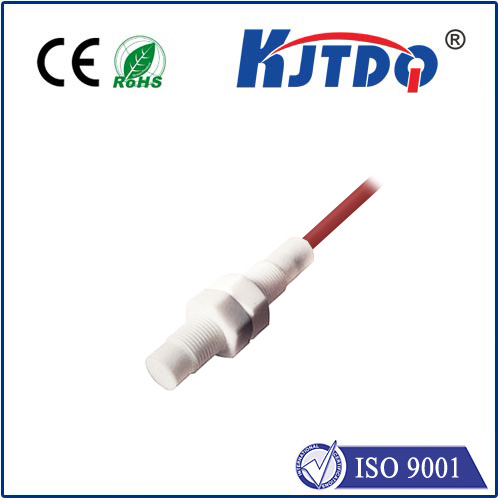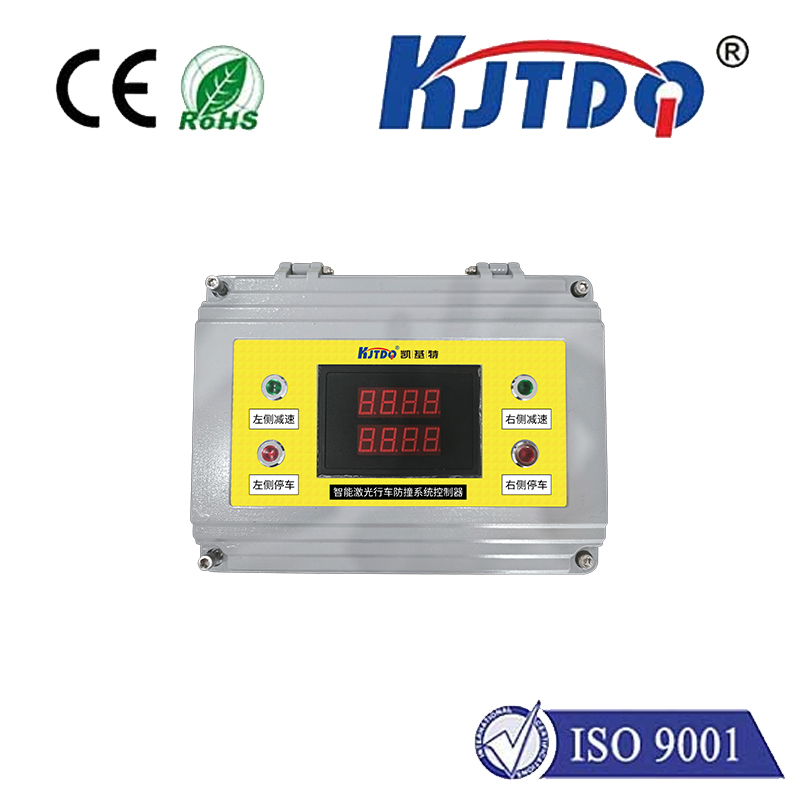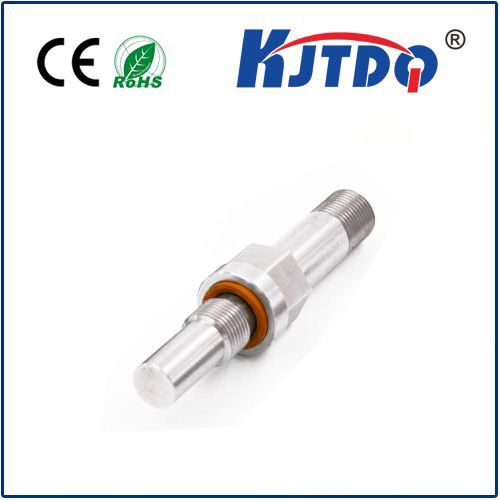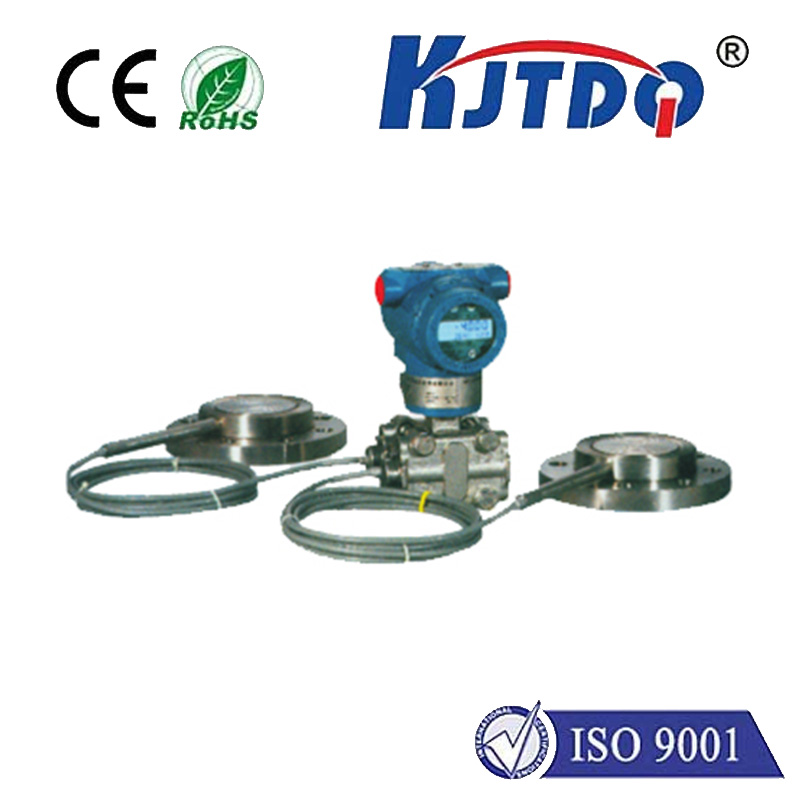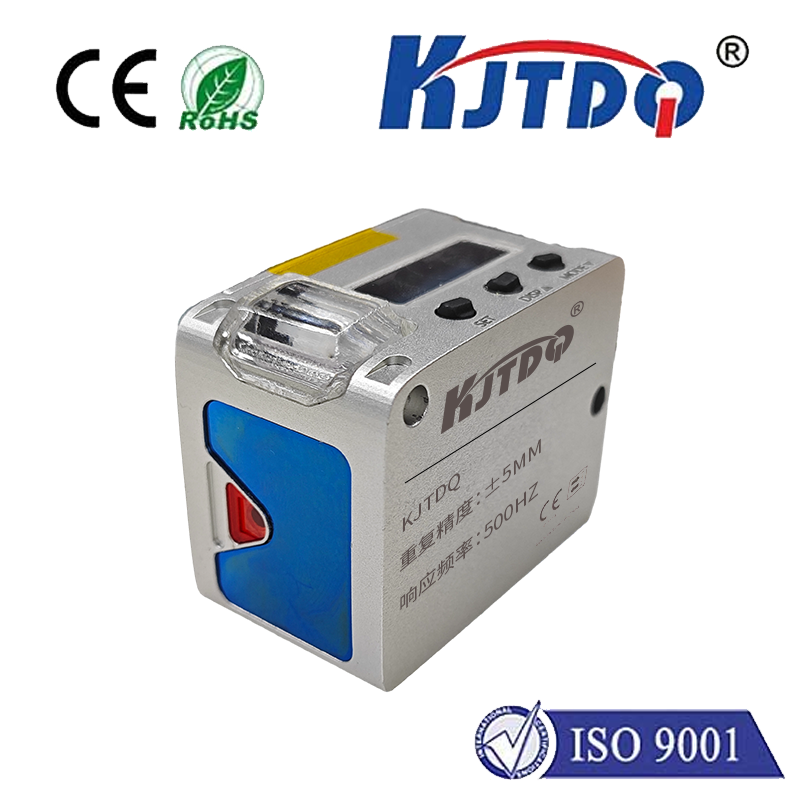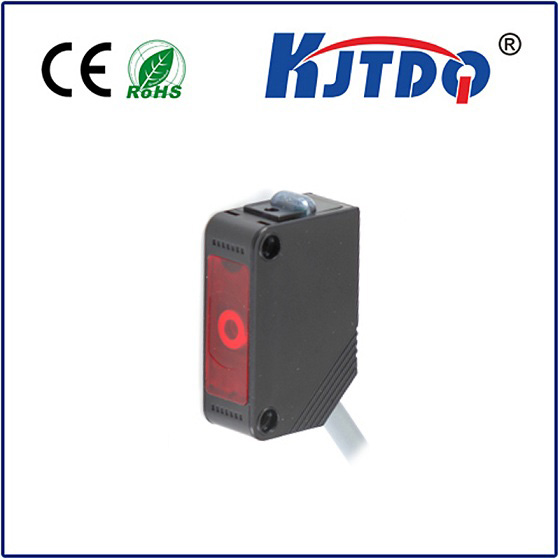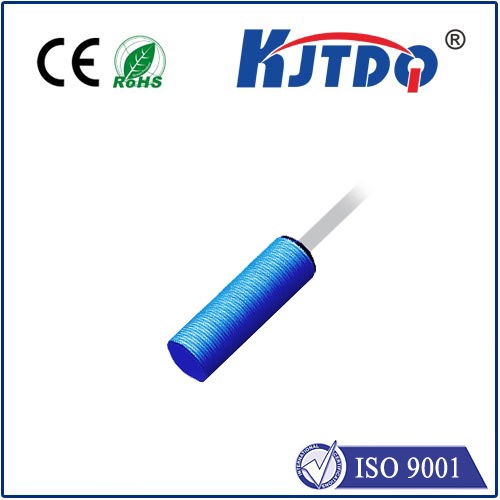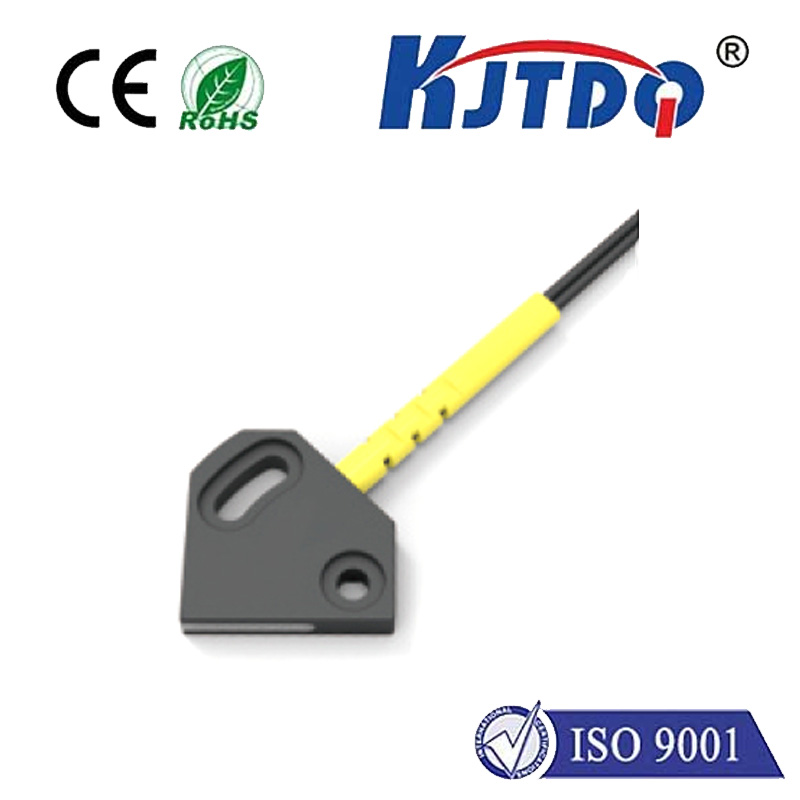distance sensors
- time:2025-08-20 00:16:17
- Нажмите:0
Distance Sensors: The Essential Guide to How They Work and Where They Shine
Have you ever wondered how your phone automatically brightens the screen when you lift it to your ear? Or how robot vacuums navigate around furniture without constant bumps? Or how cars sense obstacles while parking? The invisible heroes enabling these everyday technological marvels are distance sensors. These remarkable devices provide machines with a fundamental sense we take for granted: the ability to perceive how far away objects are. Understanding these sensors unlocks insights into countless modern technologies.
What Exactly Are Distance Sensors?
At their core, distance sensors are electronic devices engineered to measure the physical separation between the sensor itself and a target object without making physical contact. The result is typically an electronic signal – voltage, current, or a digital value – proportional to the measured distance measurement. This capability is often referred to as non-contact sensing, a critical feature in applications demanding precision, hygiene, or avoiding damage to delicate targets. These sensors are fundamental tools for proximity detection, object presence confirmation, and precise positioning tasks across virtually every industry.
The Science of Sensing Distance: Key Technologies

Various physical principles are harnessed to achieve distance sensing, each with unique strengths and ideal applications:
- Ultrasonic Sensors: These work similarly to sonar. They emit high-frequency sound waves (inaudible to humans) and measure the time-of-flight (ToF) it takes for the echo to bounce back from the target.
- Pros: Reliable, cost-effective, work well in various lighting and surface conditions (including transparent objects where optical sensors struggle), relatively immune to color or reflectivity.
- Cons: Limited range (typically centimeters to a few meters), speed of sound limits update speed, affected by temperature/humidity (which change sound speed), large beam angle can cause unwanted reflections.
- Best For: Level measurement in tanks, parking assistance, object detection in automation (e.g., counting bottles on a conveyor belt), basic robotics navigation.
- Infrared (IR) Sensors / Photoelectric Sensors: These predominantly utilize triangulation (for shorter distances) or intensity-based reflection (often for simple proximity).
- Triangulation: A focused IR beam hits the target. The reflected light spot lands on a position-sensitive detector (PSD). The spot’s position shifts depending on the target distance, allowing precise calculation.
- Intensity-Based: Measures the strength of the reflected IR light; closer objects reflect more light. Simpler but less accurate and more affected by surface color/reflectivity.
- Pros: Compact size, cost-effective for proximity, relatively fast response, good precision (especially triangulation).
- Cons: Highly sensitive to target color, reflectivity, transparency, and ambient light conditions. Limited effective range compared to other technologies.
- Best For: Proximity switches on assembly lines, paper detection in printers, touchless faucets/dryers (proximity), precise positioning in industrial automation (triangulation), basic terrain following in robots.
- Laser Distance Sensors: Often employing LiDAR (Light Detection and Ranging) principles, particularly time-of-flight (ToF). They emit focused laser pulses and precisely measure the time for the reflection to return. Phase-shift measurement is another precise method used in some laser sensors.
- Pros: Excellent accuracy and precision over long ranges (from mm to km!), small spot size allows targeting small objects or measurements in tight spaces, very fast measurement rates.
- Cons: Higher cost than ultrasonic or basic IR, performance can be degraded by dust, fog, or highly reflective surfaces. Eye safety considerations (class depends on power).
- Best For: Construction surveying, autonomous vehicle navigation & obstacle detection, industrial automation (positioning, dimension checking), robotics mapping (SLAM), forestry, archaeology.
- Inductive Proximity Sensors: Detect the presence of metallic targets. They generate an oscillating electromagnetic field. When a metal object enters this field, it induces eddy currents within the metal, causing a detectable change in the sensor’s oscillation (damping).
- Pros: Highly reliable, only detect metal (immune to dust, water, oil), rugged, long operational life, unaffected by opaque materials or color.
- Cons: Only work with metallic targets, limited sensing distance (usually mm to cm), detection distance depends on target metal type/size.
- Best For: Machine tools (positioning, tool break detection), factory automation (detecting metal parts on conveyors, cylinder position sensing), automotive assembly.
- Capacitive Proximity Sensors: Detect the presence of any material by measuring changes in capacitance caused by the target entering the sensor’s electrostatic field. This change is relative to the dielectric constant of the target material.
- Pros: Can detect virtually any material (metal, plastic, wood, liquids, granular solids), good for seeing through non-metallic walls (tank level detection).
- Cons: Shorter sensing distances than inductive, sensitive to environmental factors like humidity and temperature, susceptible to unintended triggering by conductive objects.
- Best For: Liquid level detection in plastic tanks, detecting filled packages on a line, presence detection of non-metallic objects, touch interfaces.
Where Distance Sensors Make an Impact: Key Applications
The ability to measure distance without contact is invaluable. Here’s where you’ll find them hard at work:
- Industrial Automation & Robotics: Precise positioning of tools and arms, object counting/detection on conveyor lines, proximity detection for safety guarding, quality control (measuring dimensions, checking alignment), level control in silos and tanks. Industrial robots rely heavily on various distance sensors for navigation and manipulation tasks.
- Automotive: Parking assistance (ultrasonic sensors), blind-spot monitoring, adaptive cruise control (radar, LiDAR), automatic braking systems (AEB), LiDAR for autonomous driving perception. Proximity detection is crucial for driver assistance systems.
- Consumer Electronics: Smartphone proximity sensors (screen dimming during calls), automatic faucets/hand dryers (infrared), robot vacuums (navigation/obstacle avoidance using IR and ultrasonic), gesture control interfaces.
- Aerospace & Drones: Altimeters, obstacle avoidance systems for drones, landing gear position confirmation.
- Security: Intrusion detection (motion sensors often incorporate proximity sensing), perimeter monitoring.
- Здравоохранение: Medical imaging components, precise positioning in surgical tools, patient monitoring equipment.
Choosing the Right Sensor: Factors to Consider
Selecting the optimal Датчик дальности hinges on your specific needs:
- Target Material: Metal, plastic, liquid, transparent? (Inductive, Capacitive, or Optical?)
- Required Sensing Range: Sub-millimeter precision or tens/hundreds of meters? (Laser, Ultrasonic, IR)
- Environmental Conditions: Dust, moisture, temperature extremes, ambient light? (Ultrasonic, inductive may be robust choices; IR suffers in bright light)
- Accuracy & Resolution: How precise does your distance measurement need to be? (Laser offers high precision)
- Response Time / Update Rate: How quickly do you need measurements? (Laser ToF is very fast)
- Cost Constraints: Budget limitations? (Basic IR/Ultrasonic are typically most cost-effective)
- Output Format: Analog voltage/current, digital (serial, I2C), switching (PNP/NPN)? Compatibility with your control system is key.
The Future of Distance Sensing
Advancements continue to push the boundaries. LiDAR technology is becoming smaller, cheaper, and more power-efficient, driving its integration into consumer devices and broader industrial uses. Time-of-Flight (ToF) cameras, offering not just distance but depth maps, are enabling advanced robotics vision, augmented reality, and smarter security systems. Integration with artificial intelligence allows sensors to move beyond simple distance measurement to interpret scenes and predict movements intelligently. Miniaturization opens doors for new applications in wearables and micro-robotics.
Выводы
From ensuring our smartphones function intuitively

